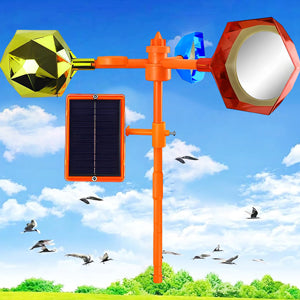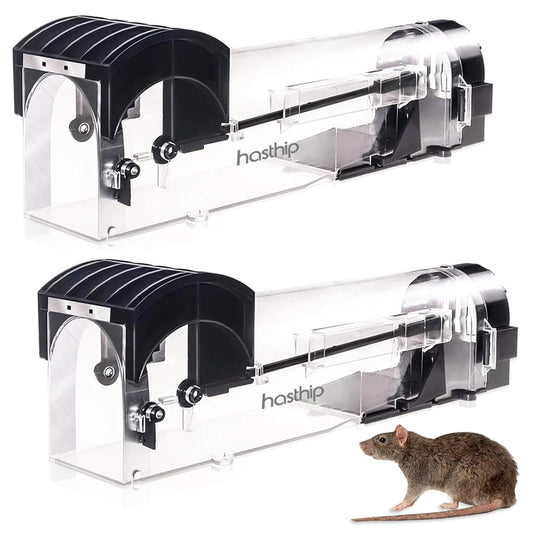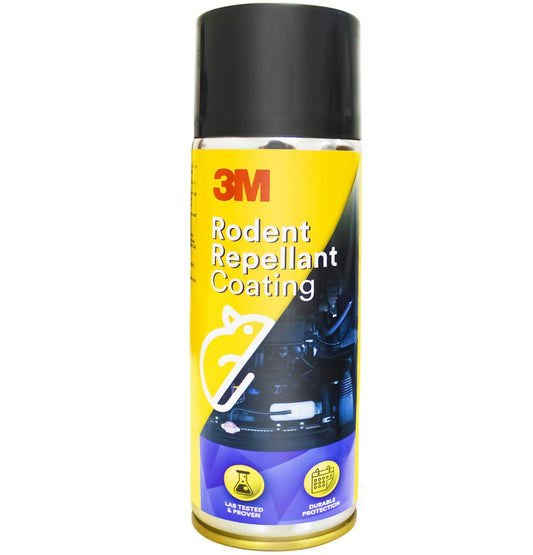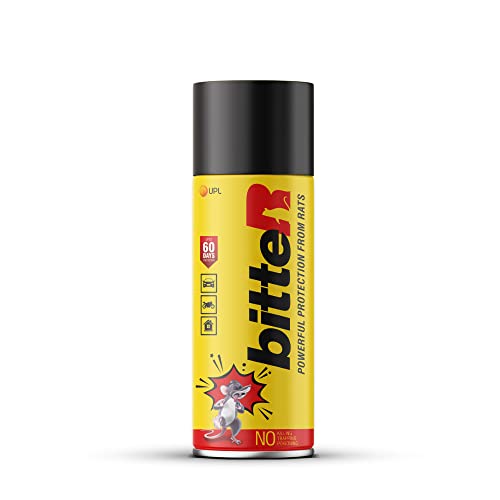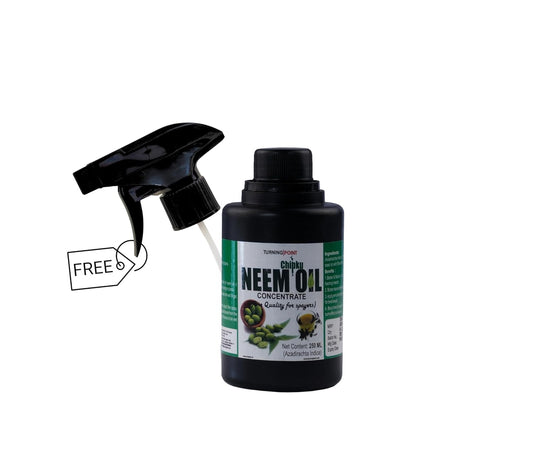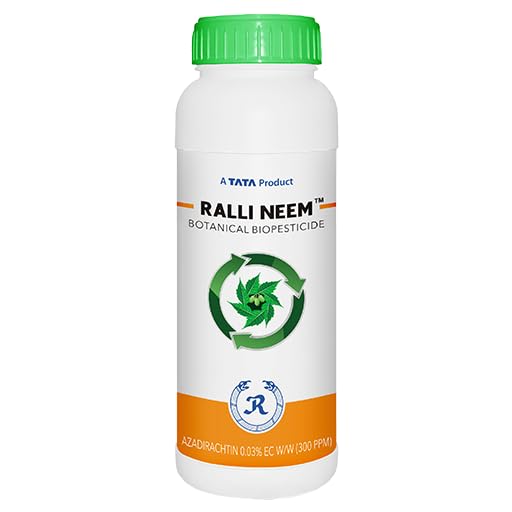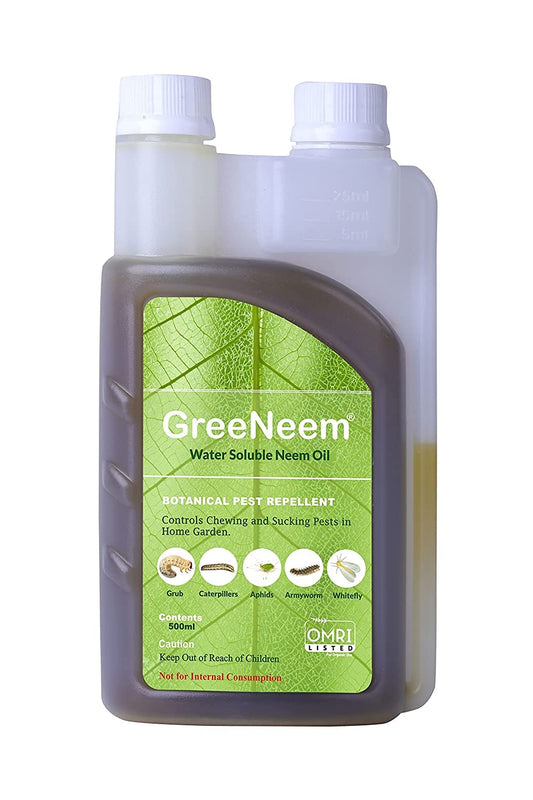
Pheromone Technology: A Targeted Weapon in the Pest Control Arsenal
Share
Pheromone technology has emerged as a revolutionary approach to pest control, offering several advantages over traditional methods. This note delves into the potential of this fascinating technology, exploring its applications, effectiveness, and integration with other strategies.
The Allure of Pheromones:
Pheromones are chemical signals used by insects and other organisms to communicate. Scientists have harnessed their power to manipulate pest behavior, attracting specific targets without harming beneficial insects or the environment. Pheromone technology offers:
- Specificity: Targeting a specific pest species, minimizing risks to non-target organisms and promoting biodiversity.
- Economy: Often cost-effective compared to broad-spectrum pesticides, requiring less frequent application.
- Eco-friendliness: Reducing reliance on harmful chemicals, protecting human health and the environment.
- User-friendliness: Easy to deploy with minimal training, making it accessible to farmers and pest control professionals.
Beyond Detection: Expanding Scope:
While some applications focus on detecting pest presence, pheromones can also be used for mass population control:
- Trap and Kill: Luring pests into traps where they are caught and eliminated, effectively reducing their numbers.
- Mating Disruption: Disrupting the mating process by saturating the environment with synthetic pheromones, hindering reproduction and population growth.
- Attract and Kill: Utilizing lures impregnated with insecticides to attract and kill pests for immediate reduction.
Strategic Integration:
Pheromone technology, while powerful, often benefits from integration with other methods:
- Early Detection: Low-frequency pheromone use can reveal initial pest presence, triggering targeted interventions before outbreaks occur.
- Synergistic Effect: Combining pheromones with other strategies, like biocontrol agents or cultural practices, can enhance overall pest control efficiency.
- Adaptive Approach: Monitoring pest populations and adjusting pheromone strategies based on data ensures optimal effectiveness.
Deployment Diversity:
Pheromone technology boasts versatility in its application methods:
- Pheromone Traps: Luring pests to sticky traps or enclosures for capture and removal.
- Dispensers: Diffusing synthetic pheromones to disrupt mating or attract pests to lethal areas.
- Sprayable Formulations: Applying pheromones on crops or target areas to manipulate pest behavior.
A Promising Future:
Pheromone technology represents a significant leap in sustainable pest control. Ongoing research and development are continuously refining applications, expanding target pest ranges, and enhancing effectiveness. As knowledge deepens and infrastructure develops, pheromones are poised to become a cornerstone of integrated pest management, safeguarding our food, health, and environment.







